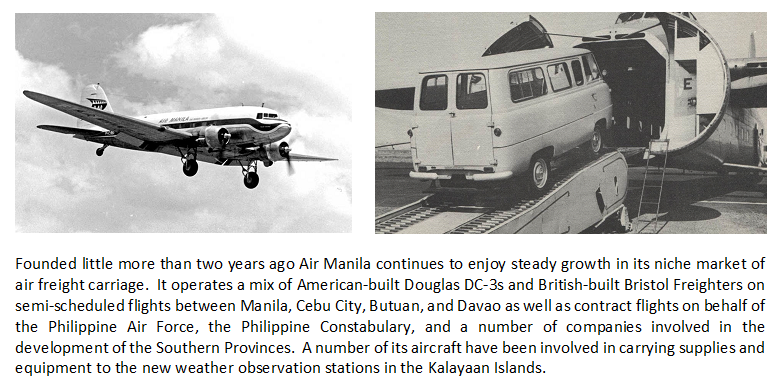You are not logged in.
Dear visitor, welcome to WesWorld. If this is your first visit here, please read the Help. It explains in detail how this page works. To use all features of this page, you should consider registering. Please use the registration form, to register here or read more information about the registration process. If you are already registered, please login here.



Quoted
Manila, The Army and Navy Club, Friday, 6 July 1945
The choice of the Army and Navy Club as the venue for the inaugural meeting of the United Architects of the Philippines might have struck many as extraordinary but not so Manuel Molina, late lieutenant of the Philippine Navy. For one, he, like many of his fellow practicing architects, had served at one time in the nation’s military and had be a member here; for another, it was a recognized site for important meetings of military and civil officials; and for a third the topic of the evening’s lecture was of importance to all branches of the Government. It was also important to Molina – for he was to give it.
The subject of his lecture was, “Economical Means and Methods for Construction Wind-Resistant Housing”. It was a result of research he had begun while still serving in the Navy, prompted by his experiences in observing the Bharati Navy’s storm response exercise in the previous year. The key, he discovered, was to develop a simple means to tie the components of a building together to better resist the high wind conditions prevailing in a typhoon or similar storm. After extensive trial and error he had found a way to shape a piece of heavy-gauge galvanized steel that would tie together the outside wall, top plate and roof sheathing of a house, one that could be adjusted to meet any roof pitch and, more importantly, could be installed on an existing building. Together with similar plates that would tie roof components to one another, and others for wall and floor components, he had hit upon a method that would – in effect – make a unitary house structure that could better resist the storms that flattened too many Philippine buildings during a typhoon.
Molina hoped that he could convince his fellow architects to adopt his ideas.
Quoted
Cavite, Saturday, 20 October 1945
For architect Manuel Molina and businessman Alfonso Banato of the Steelcraft Development Company the day was a momentous one. They stood on the loading dock watching the truck bearing the first shipment of the firm’s patented “Typhoon Clips” departing on its way to the Manila docks. Molina’s ideas had finally borne fruit when he had convinced the Government to use the device in the construction of the many houses being built in the south under the Strategic Hamlets program. The architect had recommended Steelcraft as the source to manufacture them, and Banato’s factory was now turning out a thousand or more a day.
For the businessman the shipment represented what he hoped would be the beginning of many lucrative contracts with the Government; and perhaps elsewhere. Molina had suggested that Steelcraft should send a salesman to Kolkata with a bag of samples and sales brochures as soon as possible. Like the Philippines with its many typhoons, Bharat suffered from many cyclones and would certainly be interested in inexpensive means of improving its housing stock. On Monday Banato would call at the Bharati consulate in Manila to inquire if there might really be interest in the idea.
Forum Software: Burning Board® Lite 2.1.2 pl 1, developed by WoltLab® GmbH
